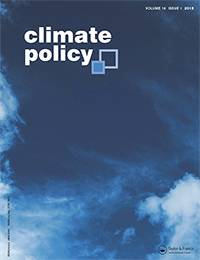Lessons from Germany’s hard coal mining phase-out: policies and transition from 1950 to 2018

German hard coal production ended in 2018, following the termination of subsidies. This paper looks at 60 years of continuous decline of an industry that employed more than 600,000 people, through a case study comparing Germany’s two largest hard coal mining areas (Ruhr area and Saarland). Although predominantly economic drivers underlay the transitions, both provide valuable lessons for upcoming coal phase-outs induced by stricter climate policies, including beyond Germany.
The analysis identifies the main qualitative and quantitative characteristics of the two regions. It then discusses policy instruments implemented to guide the transition, including measures for the conservation of coal production, regional economic reorientation, and the easing of the transition’s social impacts. The success of these policies is evaluated using economic, social, and geographical indicators that were developed within three interdisciplinary research projects running from 2016 to 2019.
A key lesson from the examined case studies is the importance of combining not only policies addressing unemployment and the attraction of new energy corporations and investments, but also measures improving infrastructure, education, research facilities and soft location factors. Protecting a declining industry for decades caused increased transition costs compared to an earlier phase-out. Economic reorientation and changing regional identities have proven most difficult in the past. However, the German example illustrates that the complexity of the challenges of a transition can be mastered if city, regional, and national governments and institutions cooperate in a polycentric approach.
Key policy insights
- A faster and more pro-active hard coal mining phase-out in Germany would have been much less expensive and paved the way for new industries
- A just and in-time transition needs to:
- be jointly managed in a polycentric approach by city, regional, national, and international governments and institutions.
- combine climate, energy, social, and structural policies, whilst recognizing both local specifics and global connections.
- consider long-term effects, external independent advice apart from the incumbent regime and beyond-border thinking, while aiming to diversify the economy and enabling broad stakeholder participation.
- address unemployment, the economy, and the energy system, as well as measures to improve infrastructure, universities, research facilities, and soft location factors.